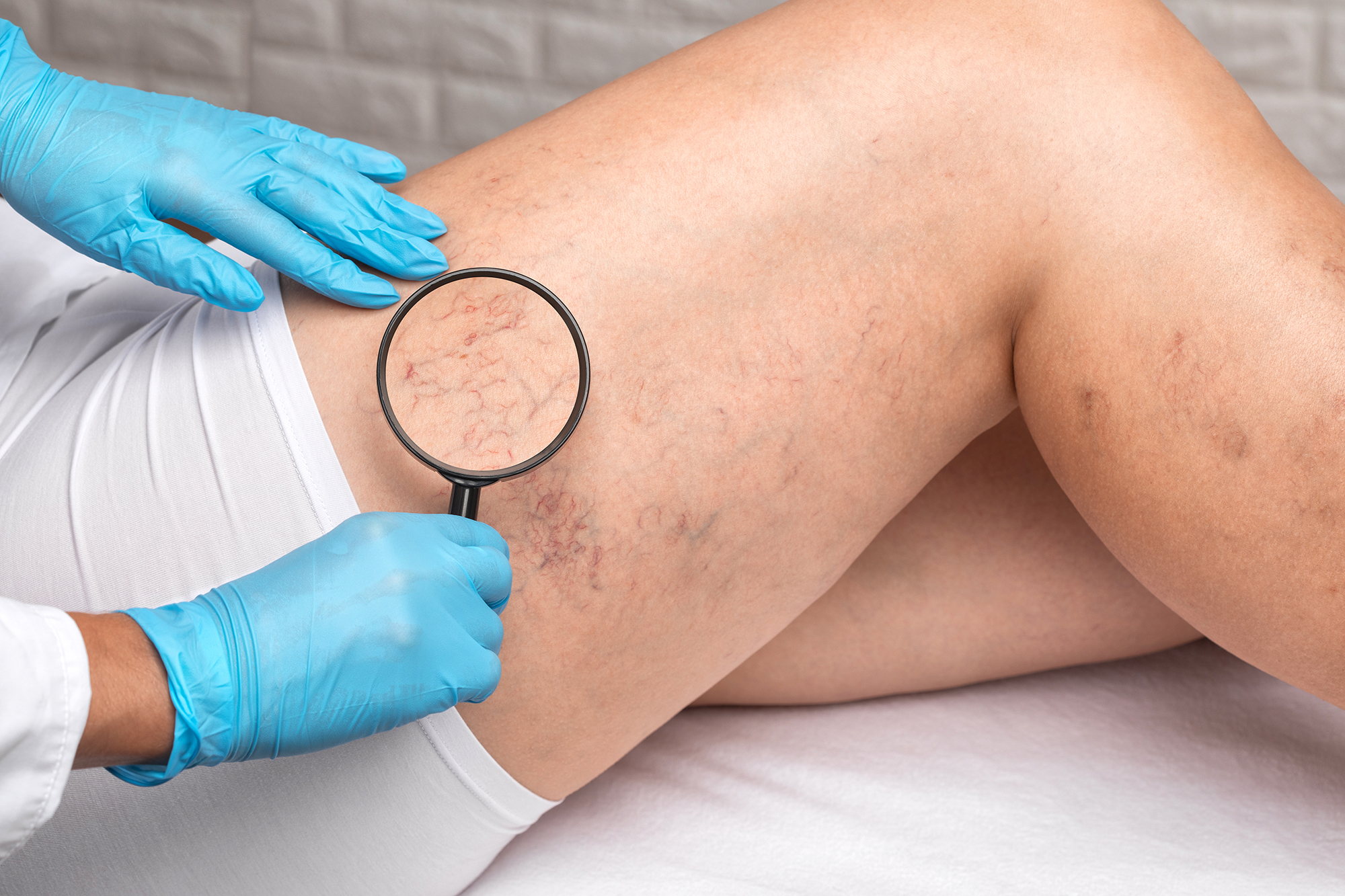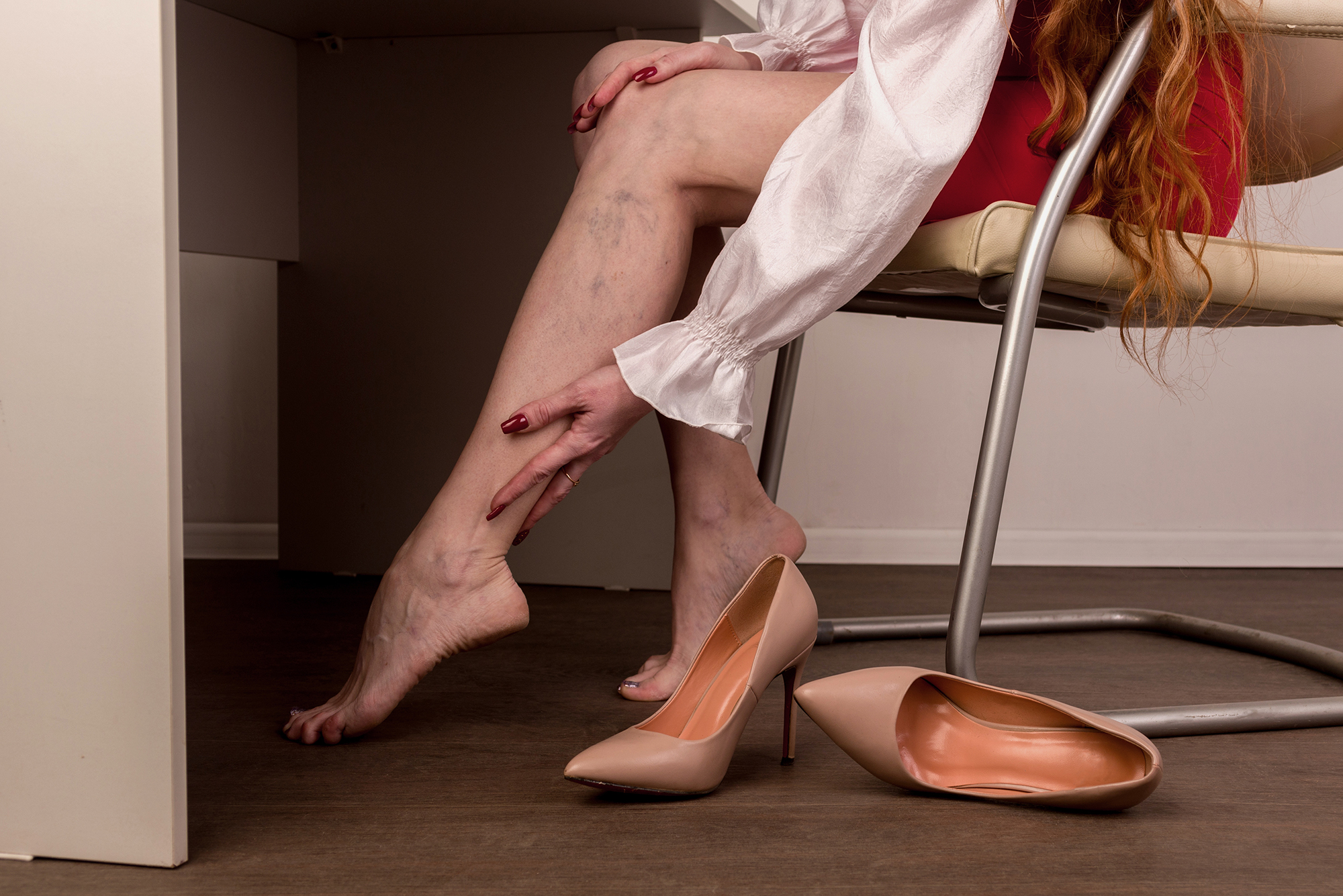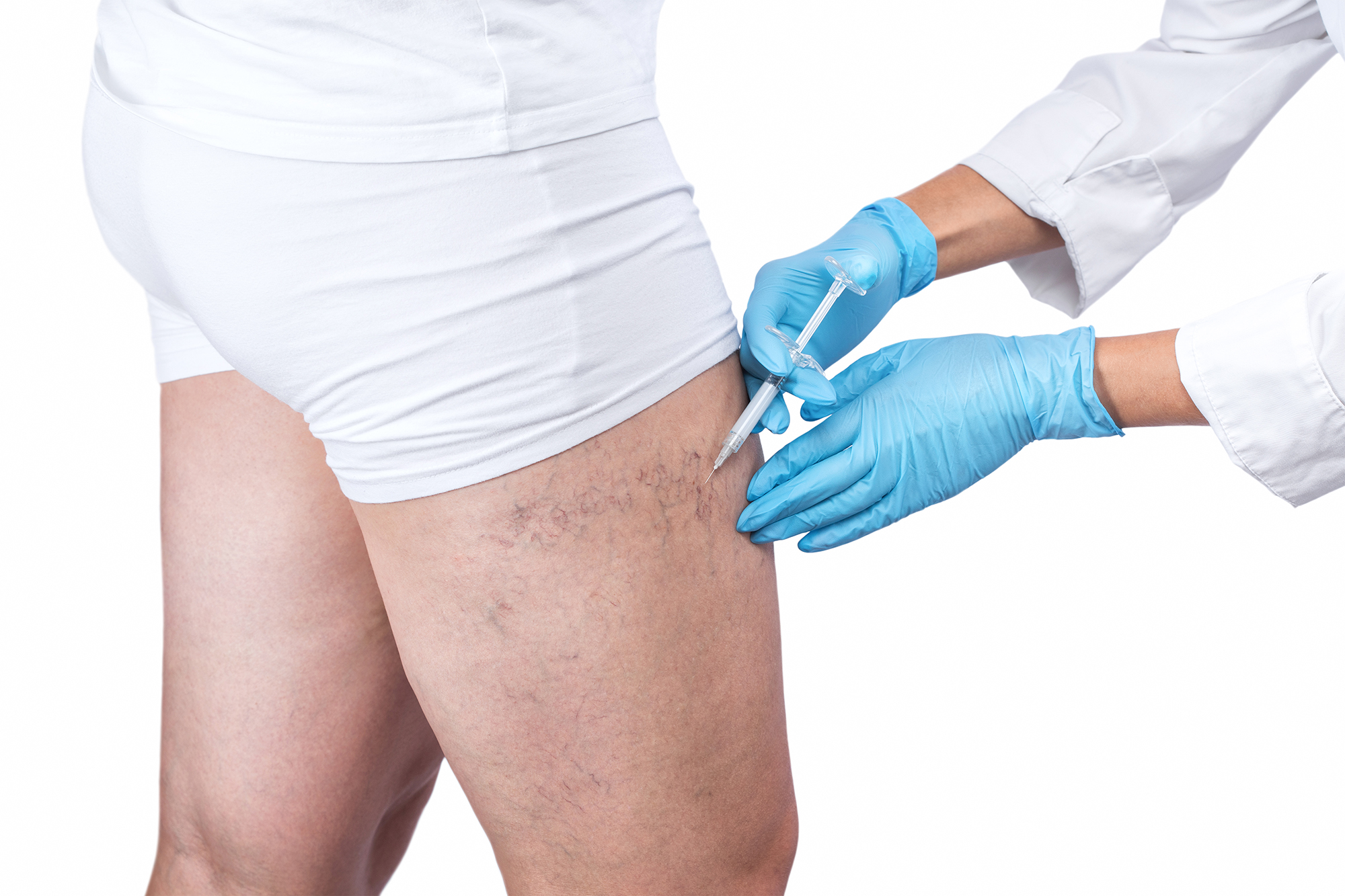Welcome to the Vein Center at Westchester Medical Center
Do you suffer from varicose veins or spider veins? The Vein Center at Westchester Medical Center is home to experienced physicians who are board-certified in vascular surgery.
Most vein procedures are performed in-office under local anesthesia with no major incisions. We frequently use minimally invasive treatments and closure procedures for the treatment of spider and varicose veins. Patients are able to return to regular activities immediately after the procedure.
Conditions We Treat
Our vascular specialists treat a full range of venous conditions.

Spider Veins
Spider veins are tiny broken blood vessels near the surface of the skin. They can appear in many areas of the body, including the face and legs. Though they are not painful or harmful, many people choose to have them removed for cosmetic reasons. Patients at the Vein Center may have several options for treating spider veins.

Varicose Veins
Varicose veins affect as many as three out of ten adults. This condition, characterized by large rope-like veins bulging just beneath the skin, isn’t just a cosmetic issue for many people. Varicose veins can actually be painful and pose health risks. Varicose veins develop as a result of valve failure in the veins. In a healthy vein, tiny valves help blood return up the legs toward the heart; in varicose veins, valves are not functioning properly. As a result, blood pools in the legs and veins become enlarged. Patients at the Vein Center may have several options for alleviating this uncomfortable condition.

Vein Treatment Services
Specialists at the Vein Center at Westchester Medical Center offer a range of therapies.
Sclerotherapy
For many people with varicose veins or spider veins, sclerotherapy is an effective solution. This procedure results in minimal discomfort for most patients. During sclerotherapy, vein specialists inject a solution into the vein wall using a very fine needle. This causes stickiness in the vein. When compression is added, the vein closes up. Since blood no longer flows through the vein, it is simply absorbed by the body. For best results, sclerotherapy typically requires several sessions. Patients with minor varicose veins often find treatment to be very successful.
Following the procedure, patients receive compression bandages and are instructed to wear compression stockings for at least three days continuously and during the day for an additional week. (Your provider will give you more information. Always follow your healthcare provider’s specific instructions.) Sclerotherapy is an in-office procedure.
VNUS Closure Procedure
For many years, diseased veins were treated with painful therapies such as vein stripping. Today, patients may be eligible for the VNUS Closure procedure, a minimally invasive therapy for treating diseased veins that results in significantly less pain and bruising. During the procedure, the vein specialist inserts a tiny catheter into the diseased vein. The vein wall is heated using temperature-controlled RF energy; this causes the walls of the vein to collapse and die. Blood naturally reroutes through other healthy veins in the body, and the treated vein is naturally absorbed by the body.
Ambulatory Mini-Phlebectomy
Phlebectomy is the surgical removal of veins. Ambulatory mini-phlebectomy is a minimally invasive procedure used to remove large varicose veins. During this procedure, tiny punctures are made along the treatment area. The diseased vein is then removed through these punctures. The punctures are so small that stitches are usually not required. Post-surgical discomfort is typically low, especially when compression stockings are used as directed.
FAQ and Vein Disease Facts
What types of treatments are done at the Vein Center?
Vein treatments include laser, radiofrequency ablation, sclerotherapy, vein closure and phlebectomy. An individual treatment plan is developed for each patient, taking into account your medical condition and/or cosmetic requirements.
What is the cost for treatment?
The cost for treatment depends on which procedures are deemed appropriate for your condition and how many treatments are likely to be needed in correcting it.
Will my insurance cover the treatment?
Many insurance companies cover the cost of a procedure (after copay and deductible requirements are met) if it is considered medically necessary. Cosmetic procedures are not covered. The doctor or his assistant will discuss with you whether your treatment is medically necessary or cosmetic. You can always contact your insurance carrier to review their policy and coverage limits.
What is the cost for consultation?
If you have been referred to the Vein Center by your physician for a medical condition, your insurance should cover the cost of the consultation (subject to copayment and deductible requirements).
How many treatments will I need for my condition?
The number of treatments needed for a patient's condition will depend on which procedure is optimal for treatment. Generally, for sclerotherapy, three to five treatments per leg are needed for best results.
The Truth About Vein Disease and Treatment
Myth: Varicose veins in the legs are mainly a cosmetic problem.
Fact: Varicose veins generally result from incompetent (leaky) vein valves. This is known as “venous reflux disease,” which can cause symptoms of leg pain, heaviness, swelling and itching.
Myth: Insurance does not cover the varicose vein treatment.
Fact: Most insurance companies cover the cost of treatment for patients suffering from varicose vein symptoms.
Myth: Varicose veins cannot cause major medical problems.
Fact: Varicose veins can cause medical problems such as blood clots or superficial thrombophlebitis in some patients. This is different from deep venous thrombosis (DVT) which occurs in the deep veins. Varicose veins can cause bleeding. Patients with varicose veins that are left untreated can also develop venous dermatitis or ulcerations.
Myth: Men do not suffer from varicose veins.
Fact: 40 percent of patients with varicose veins are men, and they usually seek treatment at later stages of the disease.
Visit the Vein Center at Westchester Medical Center
For more information or to schedule an appointment, contact us.
Vein Center
WMCHealth Heart and Vascular Institute
Ambulatory Care Pavilion at Westchester Medical Center
100 Woods Road, Desk C
Valhalla, NY 10595
914.909.6925 (option #3)